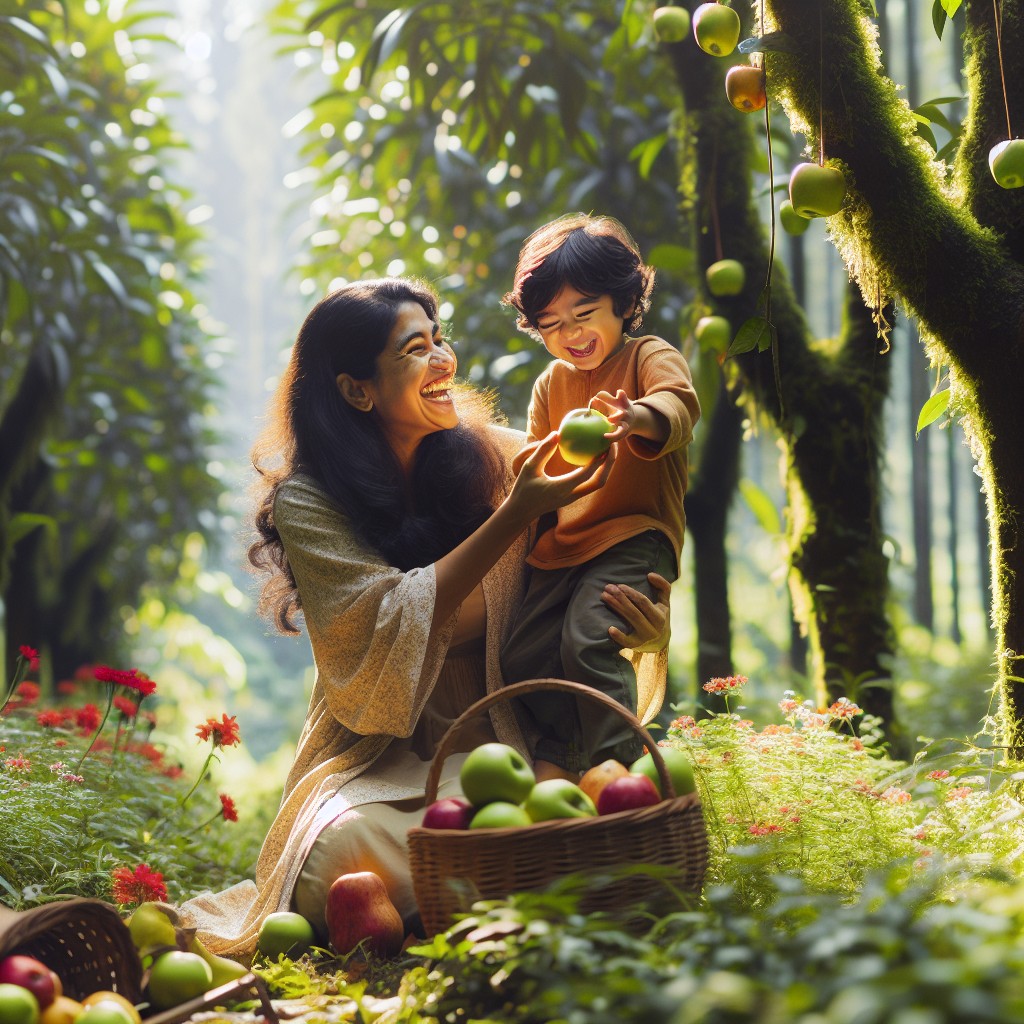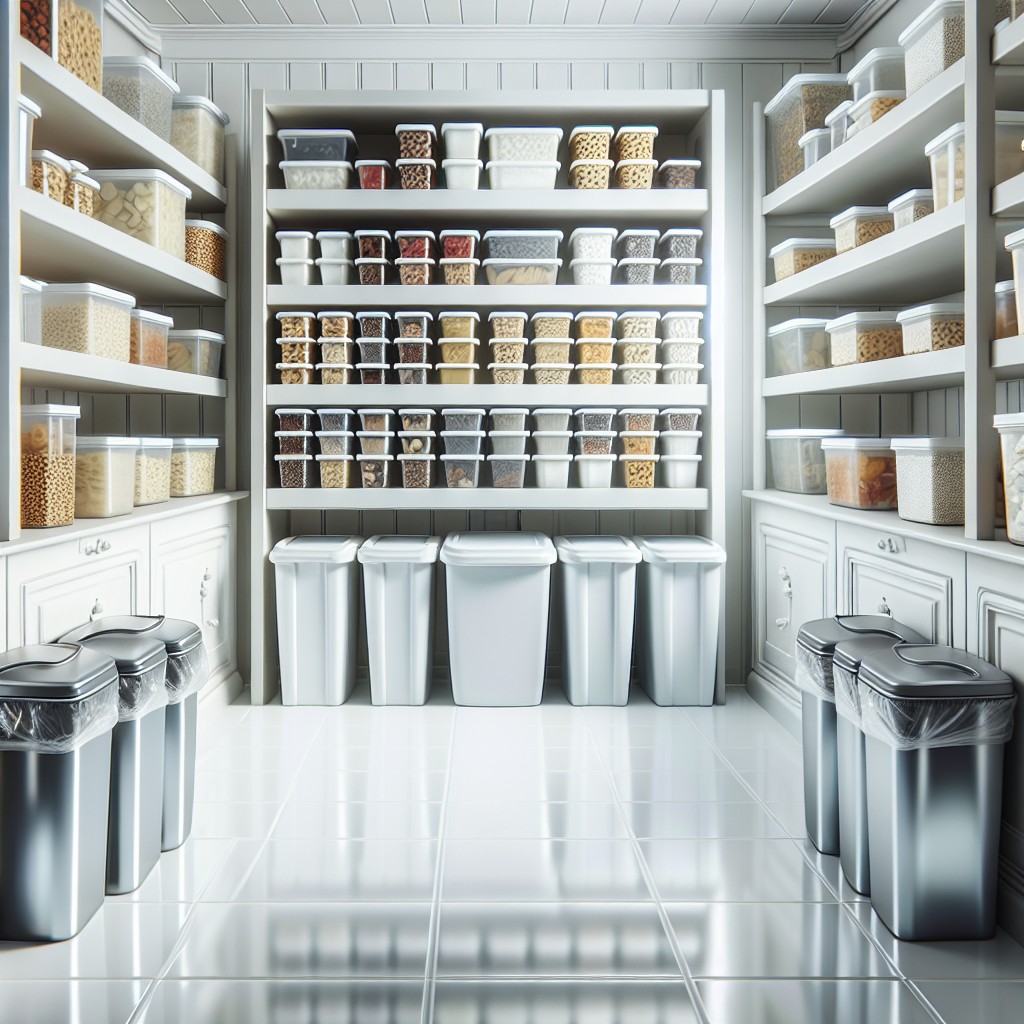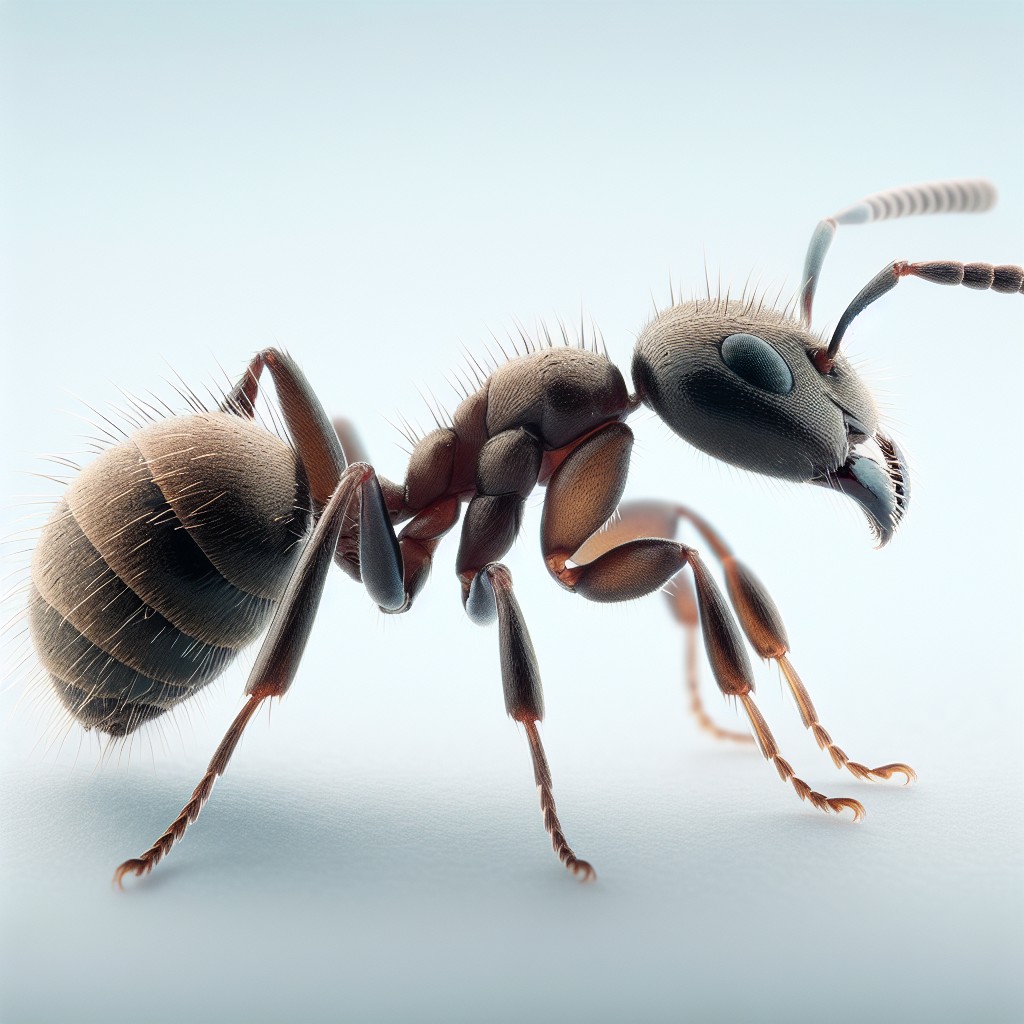Last updated on
Diving into green and natural parenting feels like a breath of fresh air because it intertwines the instinctual care of your child with an undeniable respect for our environment, showcasing how these seemingly different worlds gracefully blend.
Key takeaways:
- Utilize eco-friendly materials and limit waste
- Select toys and gear made from natural, sustainable resources
- Embrace homemade, DIY solutions
- Incorporate natural remedies and holistic health practices
- Opt for natural fibers in clothing and textiles
What's Inside
Green and Natural Parenting Explained

Green and natural parenting is an approach that prioritizes the wellbeing of children and the planet. At its core, this philosophy blends a deep respect for nature with daily parenting practices. It involves choices that reduce a family’s carbon footprint and foster a connection between children and the natural world.
Key points within this approach include:
- Utilize eco-friendly materials and limit waste by choosing reusable products over single-use items.
- Select toys and gear made from natural, sustainable resources to minimize exposure to harmful chemicals.
- Embrace homemade, DIY solutions for playthings and household items to cut back on commercial, plastic-based products.
- Incorporate natural remedies for common childhood ailments, leaning on herbal treatments and holistic health practices instead of automatically opting for conventional medicine.
- Opt for natural fibers in clothing, bedding, and other textiles that come into contact with your child’s skin.
- Encourage environmental stewardship by teaching kids about conservation and the importance of protecting wildlife and natural habitats.
Through these practices, the principles of green and natural parenting can seamlessly integrate into daily family life, creating a healthy environment for children to grow and thrive.
Benefits of Green Parenting for Children’s Health and the Environment

Green parenting practices favor natural products and processes, reducing children’s exposure to potentially harmful chemicals found in many conventional items. This choice supports a robust immune system and contributes to fewer allergies and respiratory issues. Additionally, by consuming organic foods, children ingest fewer pesticides, fostering better growth and development.
Embracing a lifestyle that emphasizes environmental stewardship instills a sense of responsibility in children. They learn to appreciate the delicate balance of ecosystems and the importance of preserving biodiversity. This perspective promotes sustainable living habits that inherently reduce carbon footprints, empowering future generations to continue making eco-conscious decisions.
Incorporating eco-friendly materials and resources in the daily routines of families minimizes waste production. By opting for reusable items and reducing plastic use, parents teach children the principles of resource conservation. Ultimately, these practices lead to a healthier environment by lessening landfill loads and oceanic pollution.
Moreover, energy conservation becomes a natural consequence of green parenting. Utilizing renewable energy sources, such as solar power, and implementing energy-saving measures at home showcases the effective management of natural resources. Through these actions, parents help mitigate climate change, creating a safer and more stable world for children to inherit.
Introducing Children to the Concept of Recycling
Initiating the recycling journey with children can be both fun and educational. Here are some easily executable points to guide this process:
1. Lead by Example – Show your children how you sort waste into different bins. Kids learn best when someone models the behavior for them.
2. Make it a Game – Create sorting games where recyclables are identified and placed in the correct bin. This instills the habit of recycling while keeping it playful.
3. Visit a Recycling Facility – A trip to a local recycling plant can be an eye-opener for kids, helping them to understand the process and importance of recycling.
4. Art from Recyclables – Encourage creativity by using recyclable materials to create art projects, imparting the message that items can have a second life.
5. Recycling Chart – Create a colorful chart that can be used to track what the family recycles weekly, making visible the contribution you’re making to the environment.
6. Discuss the Impact – Conversations about how recycling helps reduce waste, save natural resources, and protect wildlife habitats can reinforce why it matters.
Ingraining recycling habits in the formative years equips children with environmentally responsible behaviors that last a lifetime.
The Value of Outdoor Activities for Kids
Outdoor play is more than just a way to burn off energy. It’s a multi-sensory experience that promotes well-being and developmental growth. Exposure to natural settings can enhance a child’s cognitive abilities, fostering creativity, problem-solving skills, and improved concentration. These environments encourage imaginative play, often more complex than play confined indoors, nurturing a child’s creativity.
Engaging with nature also instills a sense of responsibility and conservation. Children learn about biodiversity, appreciate the beauty of the natural world and understand the interdependence between humans and ecosystems. Physical benefits are vast, including stronger immune systems from regular exposure to varied environments and increased physical fitness from active play.
Gardening, hiking, and exploring local parks can be bonding activities that allow families to share in the wonder of the great outdoors. Children who grow up with these experiences are likely to carry an appreciation for the environment into adulthood. By integrating nature into everyday play, parents can set the foundation for a lifetime of green and natural living.
Engaging Children in Gardening and Growing Their Own Food
Getting kids involved in gardening can be a delightful and educational experience. It allows them to learn about the life cycle of plants and understand where their food comes from. Here’s how you can begin this green-thumbed adventure:
1. Choose Easy Plants: Begin with seeds that are simple to grow, like radishes, beans, or cherry tomatoes. Instant success can spark a lifetime of interest.
2. Create a Child-Friendly Garden Space: Use raised beds or containers to avoid overwhelming young gardeners. This makes the space their own and more manageable.
3. Encourage Ownership: Assign specific plants or sections of the garden to your children. This responsibility fosters a sense of pride and stewardship.
4. Use the Right Tools: Invest in lightweight, child-sized gardening tools to make the physical activity of gardening accessible and fun.
5. Garden Together: Work alongside your children. This acts as a bonding activity and allows you to model sustainable gardening practices.
6. Make it Educational: Teach them about composting, beneficial insects, and how weather affects plant growth. Link these lessons to broader environmental topics.
7. Celebrate their Harvest: Prepare a meal with the produce they’ve grown. This reinforces the fruits of their labor and encourages healthy eating habits.
Selecting Organic and Non-toxic Products for Children
Parents are often on the lookout for the safest products for their children, seeking gear and toys that promote health without introducing harmful substances. Turning to organic and non-toxic options can make a significant difference in minimizing your child’s exposure to chemicals.
Organic products are made from materials grown without the use of pesticides, synthetic fertilizers, genetically modified organisms (GMOs), or ionizing radiation. For example, organic cotton clothing and bedding provide a safe, pesticide-free option for children’s sensitive skin.
Non-toxic products go a step further, ensuring that there are no hazardous chemicals at any stage of the product’s life cycle. Think BPA-free bottles and phthalate-free toys – they allow your child to explore and play without the risk of ingesting or inhaling potential endocrine disruptors.
To start making the switch to organic and non-toxic products, here are some key pointers:
- Prioritize items your child frequently uses, like bottles, pacifiers, and bedding.
- Research certifications that guarantee product safety, like the Global Organic Textile Standard (GOTS) for clothing.
- Check out labels for third-party testing and approval from trusted organizations.
- Explore natural cleaning and skincare products, aiming for those with a clear ingredient list.
- Consider durability and longevity, as higher-quality items often have fewer chemicals and last longer, reducing waste.
Remember, every small change contributes to a healthier lifestyle and a safer environment for your child to thrive in.
Natural Baby Diaper Solutions
Cloth diapers stand as a time-tested option, dramatically reducing landfill waste. They come in various styles, from prefold and fitted to pocket and all-in-one diapers, aiming to suit every baby’s need and each parent’s comfort level with washability and convenience.
Additionally, if cloth diapering seems daunting, consider a diaper service that handles the cleaning for you. This service not only offers convenience but also ensures that diapers are sanitized professionally, minimizing environmental impact through bulk processing.
Biodegradable diapers present another earth-conscious choice. Made from plant-based materials, they break down more easily in landfills compared to conventional disposables. However, it’s crucial to follow proper disposal methods to ensure they decompose effectively.
For those times when disposables are the only practical choice, eco-friendly disposable diapers are available. These often feature chlorine-free and fragrance-free materials, mitigating the chemical exposure to delicate skin and the environment.
To further promote sustainability, invest in reusable cloth wipes. These can be washed alongside cloth diapers, offering a gentle and chemical-free option for cleaning up during diaper changes.
Remember, even incorporating one of these options into your routine can have a meaningful impact on your carbon footprint and expose your child to a more natural upbringing right from the start.
Crafting an Eco-Friendly Nursery With Sustainable Furniture
When designing a nursery that is both nurturing for your baby and kind to the planet, consider selecting furniture crafted from sustainable materials. Look for pieces made from responsibly sourced wood, marked with a Forest Stewardship Council (FSC) certification. This ensures that the wood has been harvested in an environmentally responsible manner.
Opt for furniture that has a low volatile organic compound (VOC) emission to ensure better air quality for your little one. VOCs are chemicals that can off-gas from materials and cause air pollution indoors. Natural wood, bamboo, or even recycled plastic are good material choices that minimize the presence of harmful chemicals.
Invest in convertible furniture that grows with your child, such as a crib that transforms into a toddler bed. This not only offers a longer lifespan for each item but also reduces waste and the need for more resources to create new products.
Choose textiles that are organic and free from toxic dyes for bedding, curtains, and rugs. Organic textiles are produced without harmful pesticides and chemicals, making them safer for your baby and the environment.
Implementing these considerations creates a safe, nurturing environment for your child and instills eco-friendly values from the very beginning.
Encouraging Mindful Eating With Organic Food Choices
Transitioning to organic foods serves as a double win: it supports your child’s health and promotes sustainable agriculture. Here are practical ways to foster mindful eating habits:
1. Read Labels Together: Teach your kids to look for the USDA Organic seal on products, which ensures food is grown without synthetic pesticides and fertilizers.
2. Visit Farmers’ Markets: Connect with local farmers, ask questions about their farming practices, and let your children pick out fresh produce.
3. Cook as a Family: Use this time to discuss the benefits of organic ingredients and the importance of a balanced diet while making meal preparation a fun, shared experience.
4. Grow Organic at Home: Start a small herb garden or a veggie patch to give your children hands-on experience with where their food comes from.
5. Educate Through Storytelling: Use books and stories that talk about nature’s cycles, planting, harvesting, and healthy eating, which can make the organic food topic more relatable.
6. Plan Balanced Meals: Emphasize the significance of variety and moderation in eating habits, and incorporate organic produce into your meal planning.
Promoting Breastfeeding and Organic Feeding Options
Embracing breastfeeding offers a host of benefits for both mother and child, aligning perfectly with green parenting values. Breastmilk is not only the most natural form of nutrition for infants but also supports immunity and overall health.
For families seeking alternatives, organic infant formulas provide a solution free from pesticides, hormones, and GMOs, ensuring a pure start to life.
When introducing solids, organic options continue the commitment to natural parenting. Choosing organic produce and whole foods limits exposure to harmful chemicals and supports sustainable farming practices.
It’s important to read labels and understand where food comes from, prioritizing products with certified organic seals.
In addition, making baby food at home can be a simple and rewarding process. By pureeing organic fruits and vegetables, parents have complete control over their child’s diet, avoiding preservatives and added sugars found in commercial baby foods.
Plus, homemade blends can be frozen in ice cube trays for convenience without compromising on quality or nutritional value.
Creating Non-Toxic and Safe Living Spaces for Children
Transforming your home into a haven free from harmful substances ensures your child’s healthy growth and aligns with green parenting principles. Start with choosing paints with low or zero volatile organic compounds (VOCs) to maintain better indoor air quality. When it comes to cleaning, opt for natural products like vinegar, baking soda, and essential oils instead of chemical-laden solutions.
Furnishing a child’s room is another chance to embrace natural parenting. Invest in furniture made from solid wood rather than pressed wood, which often contains formaldehyde. Ensure the textiles—bedding, curtains, and rugs—are made of organic fabrics, dyed with non-toxic colors.
For toys, wooden or organic cotton playthings not only reduce exposure to plastics and chemicals but are also more environmentally sustainable. Take care when selecting plastics, if necessary, by choosing items that are BPA, PVC, and phthalate-free.
Lastly, keep electronics to a minimum in children’s spaces, especially where they sleep, to limit electromagnetic field (EMF) exposure. By taking these steps, you craft a safer, cleaner space that supports your child’s well-being without sacrificing your commitment to the environment.
The Impact of Nature On Children’s Mental and Physical Well-being
Exposing children to natural settings doesn’t only allow them to breathe fresh air and exercise; it deeply influences their overall development. Here are some ways that nature fosters well-being in children:
- 1. Stress Reduction: Natural environments offer a calming backdrop that contrasts the often over-stimulating urban settings, aiding in stress relief and emotional recovery.
- 2. Enhanced Creativity: Unstructured play outdoors stimulates imagination as children create games, explore, and interact with diverse landscapes.
- 3. Physical Health: Activities like climbing trees or playing tag contribute to muscle development, coordination, and overall physical fitness.
- 4. Cognitive Benefits: Time spent in nature has been linked to improved attention spans, problem-solving skills, and school performance.
- 5. Social Skills: Group play in nature settings encourages teamwork, communication, and the development of social relationships.
- 6. Sensory Development: Nature offers a rich tapestry of sights, sounds, smells, and textures, supporting the development of robust sensory processing systems.
- 7. Intrinsic Appreciation: Direct experiences with nature cultivate a deeper respect and intrinsic appreciation for the environment, fostering future stewards of our planet.
By integrating nature into children’s daily routines, you provide a strong foundation for mental and physical health, as well as instilling a lifelong affinity for the environment.
Mindfulness and Its Role in Green Parenting
Incorporating mindfulness into green parenting practices enriches both the parent’s and the child’s experiences, fostering a deeper connection with themselves and the environment. Mindfulness teaches us to be present and conscious of our actions, which echoes the core of eco-friendly living. It allows parents to model patience, appreciation for the natural world, and thoughtful consumption.
Here are a few ways mindfulness intertwines with eco-conscious parenting:
Observation over Intervention: Encourage children to observe nature’s processes, like a caterpillar’s metamorphosis or how plants grow from seeds. This nurtures patience and respect for natural timelines.
Conscious Consumption: Use mindful shopping habits to buy less but higher quality, sustainable items, and involve kids in these choices to instill eco-friendly values.
Intentional Eating: Share meals without distractions, emphasizing the source of ingredients and the importance of organic produce, directly linking mindfulness to sustainable food choices.
Emotional Regulation: Teach children to handle emotions in a natural setting, using techniques like deep breathing in fresh air, which promotes both emotional health and a love for the outdoors.
Gratitude Practices: Encourage gratitude for the earth’s resources by starting a family tradition, such as thanking the earth before outdoor adventures, planting trees, or cleaning up local parks.
Mindful Energy Use: Instill habits of turning off lights, conserving water, and minimizing waste to make children aware of their impact and the value of resources.
Through mindful practices, families can create a foundation of care that extends from personal well-being to that of the planet, aligning closely with the essence of green and natural parenting.
The Importance of an Eco-Conscious Community for Families
Surrounding yourself with like-minded individuals can be incredibly reinforcing for green and natural parenting goals. An eco-conscious community provides a support network that shares resources, knowledge, and encouragement for maintaining an environmentally friendly lifestyle. Here are a few ways an eco-focused group can enrich the journey:
- Shared resources mean less waste: Community tools, toy swaps, and clothing exchanges reduce the need for new purchases and the resultant environmental footprint.
- Learning opportunities abound: Workshops on sustainable living, talks by environmental experts, and group discussions elevate everyone’s understanding and commitment to green practices.
- Strength in numbers: Local environmental projects like community gardens or clean-up efforts show children the power of collective action.
- Inspiration through diversity: Encountering various approaches to sustainability can lead to innovative practices suitable for your own family.
- Eco-friendly traditions: Group events and traditions can instill a sense of eco-responsibility in children from an early age.
By tapping into a community that prioritizes the planet, families find not only camaraderie but also a shared purpose in nurturing the next generation of eco-aware citizens.
Educating Children On the Importance of Environmental Protection
Instilling a sense of responsibility towards the Earth can start with simple conversations about how our actions impact the planet. Engage your children in discussions about conservation, focusing on easy-to-understand concepts such as:
- The role of trees in providing clean air and homes for wildlife.
- How reducing waste can protect land and sea animals.
- The importance of clean waterways for marine life.
Incorporate educational materials like children’s books or documentaries tailored to young viewers that highlight the importance of environmental stewardship. Encourage questions and provide clear, age-appropriate answers to foster their curiosity.
Include them in eco-friendly practices around the home such as:
- Sorting the recycling and explaining why certain materials are recyclable.
- Conserving energy by turning off lights and saving water when brushing teeth.
- Setting up a rain barrel to collect water for the garden to teach water conservation.
Participate in local community clean-up days or beach sweeps to give hands-on experience with the direct impact of litter on the environment. Use these outings to discuss the importance of community involvement in protecting nature.
Finally, lead by example and show a positive attitude towards green habits to reinforce their importance and make environmental protection a natural part of daily life.




